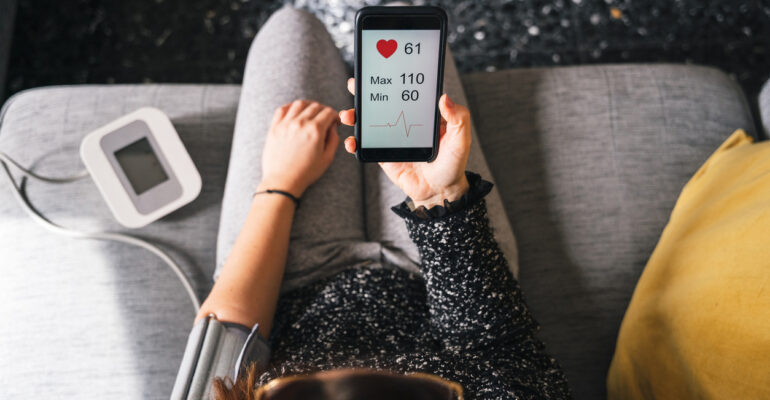How AI and Behavioral Science Are Revolutionizing Chronic Care

How AI and Behavioral Science Are Revolutionizing Chronic Care
How AI and Behavioral Science Are Revolutionizing Chronic Care
Living with chronic conditions like diabetes or hypertension often feels like a constant balancing act—monitoring symptoms, managing medications, and sticking to lifestyle changes. But what if the burden could be lightened by smarter, more personalized care?
That’s where the powerful duo of artificial intelligence (AI) and behavioral science steps in, reshaping how chronic conditions are managed and empowering patients like never before.
AI: The Brain Behind Smarter Care
AI works behind the scenes like a vigilant healthcare assistant, analyzing mountains of patient data to uncover patterns invisible to the human eye. It’s like having a crystal ball that can predict health risks before they escalate. From reminding patients to take their medications to helping doctors fine-tune treatment plans, AI turns complexity into clarity, enabling proactive care.
Behavioral Science: The Heart of Patient Motivation
Changing habits is hard—ask anyone who’s tried to stick to a new diet or exercise routine. Behavioral science tackles this challenge by diving into the psychology of human behavior. Why do patients forget their medications? What keeps them motivated? By answering these questions, healthcare providers can create strategies that truly resonate with patients, making change feel achievable rather than overwhelming.
The Perfect Partnership
When AI and behavioral science join forces, the results are nothing short of transformative. AI pinpoints what’s happening, while behavioral science helps explain why and how to inspire change. For example, personalized nudges—like reminders tailored to your daily routine—make healthier habits second nature.
This partnership is redefining chronic care, making it smarter, simpler, and more supportive. For patients managing lifelong conditions, it’s a glimpse of a future where care adapts to their lives—not the other way around.


